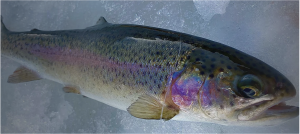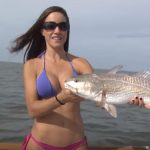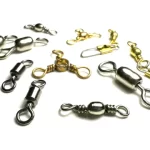Cooler weather brings the excitement of ice fishing, offering opportunities for camaraderie and adventure. As the 2025 season approaches, it’s time to dive into key strategies for success on the ice. This guide covers methods for locating fish, selecting lures, and mastering jigging techniques.
Locating Fish on the Ice

In the digital age, anglers can access detailed maps, GPS plotting, fish finders, and underwater cameras to identify hot spots. However, understanding fish behavior is essential. Key factors include water temperature, currents, and food availability. Adjust location strategies based on seasonal trends:
- Early Season: Fish often gather near inflows where temperatures remain stable.
- Late Season: Focus shifts to deeper main lake basins where water is warmer.
Tips for Finding Fish:
- Drill holes in a line from shallow to deep and test various depths.
- Analyze the structure where fish are detected, looking for features like currents, weeds, or insect activity.
- Compare successful areas on GPS maps to find similar locations.
Finding Panfish: Perch, Crappie, and Bluegill
Panfish are highly social and school in numbers, making them popular targets.
- Perch and Crappie: Found near main lake basins, often around drop-offs, hard bottoms, and submerged structures like trees or springs. Crappie may appear as large clouds on fish finders, while perch show as smaller, individual marks.
- Bluegill: Prefer shallower water, often near weed edges or submerged vegetation. These fish remain in the same areas for extended periods.
Locating Trout, Kokanee, and Walleye
- Trout: Often found near underwater river channels or weed lines. Key in on areas with abundant minnows or insect life.
- Kokanee: Tend to school near main current edges and suspend in open water.
- Walleye: Search for bottom structures and work those areas thoroughly.
Selecting Lures and Attractors
Lure Types and Sizes
Lures fall into five categories: spinners, jigs, crankbaits, spoons, and topwater. For ice fishing, focus on vertical presentations like jigs and spoons. Match lure size to fish activity levels, opting for smaller lures with neutral fish and larger options for active fish.
Lure Colors
Choose colors based on water clarity:
- Clear Water: Metallic and neutral tones like silver and brass.
- Murky Water: Brightly painted lures.
- Dark Water: Glow-in-the-dark options, such as Mack’s Lure Glo Hooks.
Using Attractors
Attractors enhance visibility and entice strikes. Tie them 6–14 inches above the lure or use them solo in adjacent holes to draw in larger fish. Subtle attractors like Flash Lite Trolls are particularly effective when jigged slowly.
Effective Jigging Techniques
Jigging involves vertically presenting lures to fish. Keep the line as vertical as possible to maintain control over the lure’s movement. Here are four proven methods:
- Still Jigging: Drop the lure to fish depth, adding small bits of bait as needed. Glow lures are ideal for low-light conditions.
- Waving the Flag: Lift and drop the rod to create lure flutter. Vary speed and amplitude to find what excites fish.
- Gentle Lift & Drop: Add subtle movements with occasional pauses to mimic live bait. Incorporating glow beads or small blades can further enhance effectiveness.
- Swim or Drag: Move the lure side-to-side while pumping it slightly. Zooming in on the fish finder ensures precise positioning.
For walleye and lake trout, try pounding the bottom and letting the lure rest briefly, which often attracts strikes.
Adapting for Success
Flexibility is the hallmark of successful ice fishing. Use available resources, adjust presentations, and remain open to experimenting with different lures and techniques. The most skilled anglers develop a wide repertoire of strategies, turning challenges into opportunities.
By staying versatile and embracing the learning process, ice fishing becomes even more rewarding. Share the passion with others and make safety a priority on the ice.
Image/Source: mackslure





